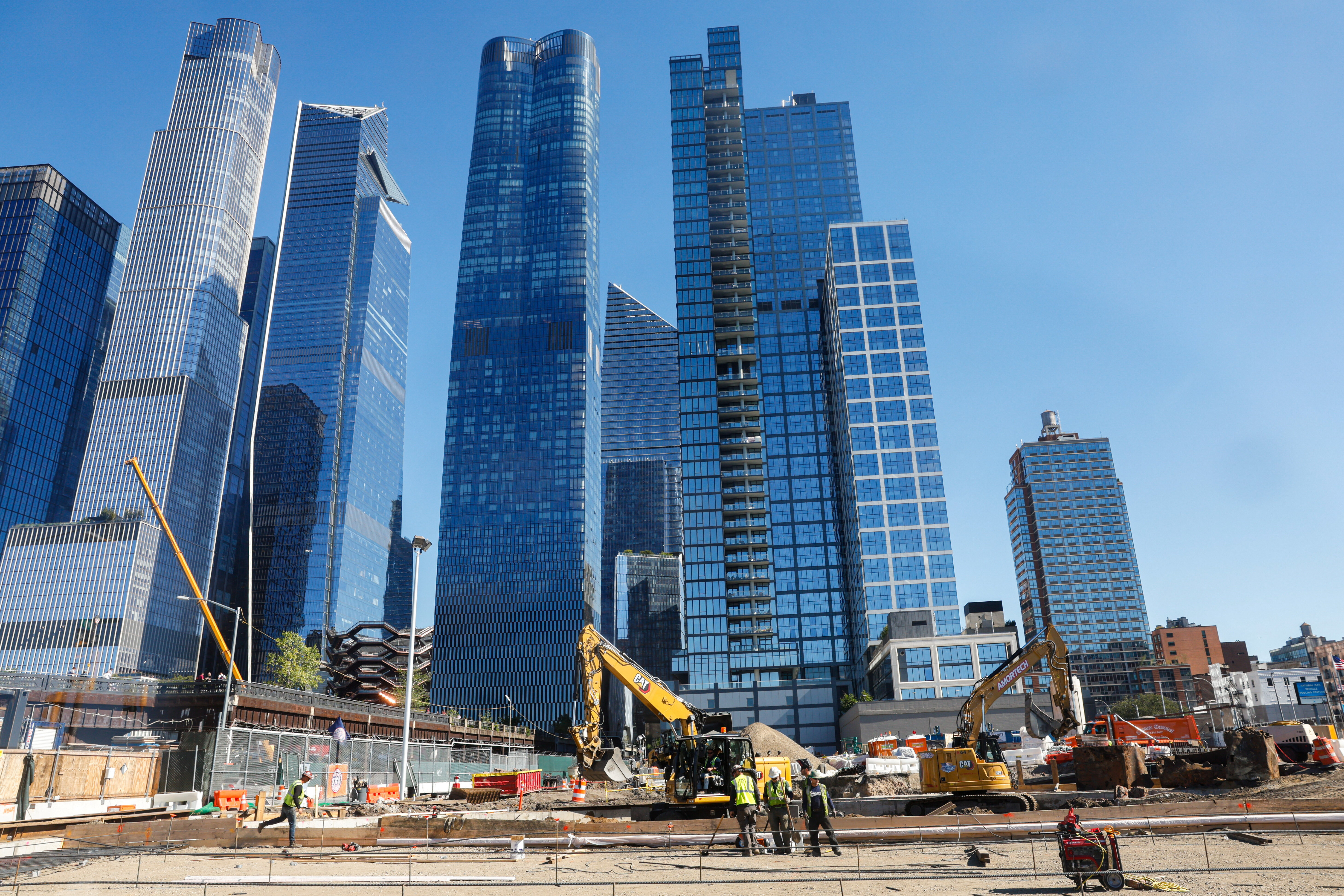How smart tech helps cities fight terrorism and crime

Real-time data can reduce crime incidents by as much as 40%. Image: Louis Lo
Today’s cities are on the frontline of crime and terrorism. While some of them are clearly more at risk than others, all of them are vulnerable. Not surprisingly, cities are experimenting with innovative approaches to preventing crime and countering extremism.
The most successful are improving intelligence gathering, strengthening policing and community outreach, and investing in new technologies to improve urban safety. Such cities are said to deploy 'agile security': data-driven and problem-oriented approaches that speed up decision-making and design in environmental changes to limit insecurity.
Agile security measures start with the premise that many types of crime, radicalization and terrorism are non-random and even predictable. With some exceptions, they tend to cluster in time, space and among specific population groups. The massive increase in computing power and advances in machine learning have made it possible to sift through huge quantities of data related to crime and terrorism, to identify underlying correlations and causes. The harnessing and processing of these data flows is crucial to enabling agile security in cities.
Detecting crime before it happens
A precondition of agile security is connected urban infrastructure. When city authorities, private firms and civic groups have access to real-time data - whether generated by crime-mapping platforms, gunshot-detection systems, CCTVs or smart lights - they can can get better at detecting crime before it occurs.
A growing array of crime prevention tools are not only connected to the cloud, they are also running off deep neural networks. As a result, public authorities are more easily reading license plates, running facial recognition software, mapping crime and terrorist networks and detecting suspicious anomalies. Some of these technologies are even processing data within the devices themselves, to speed up crime-fighting and terrorist prevention capabilities.
Another critical feature of agile security is leadership, especially in the law enforcement sector. A growing number of metropolitan police are adopting problem-oriented policing practices and focusing on hotspots to deter and control crime. Across North America and Western Europe, police, counter-terrorism and emergency responders have set up fusion centres that stream multiple datasets from across a wide range of sources, from city sensors to cybercrime units in private companies. Across the Americas, the Middle East and Asia, police are also investing in machine learning tools to predict when and where crime will occur, known in the business as real-time epidemic-type aftershock sequence (ETAS) crime forecasting.
Defensive architecture
To be truly effective, agile security requires making pinprick changes to the built environment to deter and design out threats of crime and terrorism. Deterrence may involve the use of defensive architecture such as smart cameras, street lights, anti-vehicular systems, blast walls and strategically placed forest canopy. The goal is to reduce the opportunities for perpetrators to target would-be victims or to do damage.
Efforts to design out threats of crime and terrorism also involve making physical changes to the environment, including building low-rise buildings, building green spaces and community centres, promoting mixed communities and targeting renewal measures in neighbourhoods that exhibit concentrated disadvantage. Investments in high-quality public goods and social cohesion can help prevent crime and radicalization.
A final requirement of agile security is that it avoids curbing civil liberties, whether intentionally or unintentionally. At a minimum, municipal governments need to find ways to consult with city residents to discuss the motives and implications of new technologies. This means undertaking consultations, especially in the most vulnerable communities.
Local authorities must also develop criteria related to personal data access, retention and redress, and encourage algorithmic transparency where possible. New York City has recently established a task force to examine the city’s automated decision-making systems. If citizens lose confidence in law enforcement and social distance increases, this can undermine the latter’s ability to protect the public.
Ethical questions
Agile security measures can not only prevent crime, but also improve the efficiency of the criminal justice system. For example, algorithms designed in the UK and US are being applied to determine whether individuals charged with a crime represent a low, medium or high risk, and whether they are eligible for pre-trial release or individual parole. AI-informed risk assessments can help judges - many of whom have minutes to decide if someone is a flight risk, threat to society or could harm a witness - to make more informed judgments.
Notwithstanding their promise, there are very serious ethical questions generated by the application of these new technologies and public security. For example, without robust checks and balances, technology-enabled security solutions can quickly corrode civil liberties, online and off. New facial recognition and gait analysis technologies in China are seeking to detect 'suspicious behaviour' by harvesting all manner of information on citizens. The company Cloud Walk Technology is mining personal data to develop profiles on high-risk individuals. Not surprisingly, risk assessment and crime prediction algorithms are coming under criticism for reproducing racial biases.
Of course, agile security is about more than deploying new technologies. While the revolution in policing affairs certainly involved the digitization of data, it was powered by a transformation in police culture and practices. Even so, proponents of agile security should engage with AI very cautiously, not least because of its potential to reinforce biases. This is because AI is powered by real-world data that in turn is produced by (biased) police officers. As a result, predictive tools have an inherent risk of producing vicious feedback loops. Awareness of the unexpected impacts of AI is more important than ever. Agile security measures should be informed by principles and procedures to ensure that the fairness and transparency of these technologies are properly vetted.
If designed and deployed with diligence and care, the adoption of agile security measures can yield economic savings. At a minimum, they should reduce unproductive expenditure on law enforcement agencies, prosecutors, judges and penal authorities. By preventing crime and terrorism through technology-enabled means, governments and businesses can also reduce medical costs generated by victims, lower insurance premiums in high-risk cities, cut back on outlays on private security guards and improve the overall investment climate.
While not a panacea, agile security can help prevent and reduce the risks of crime and terrorism. Depending on the city and the types of security technologies deployed, a McKinsey’s report, published this month, shows that the smart deployment of data-driven tools can help reduce fatalities by up to 10%, lower crime incidents by as much as 40% and dramatically reduce emergency response times.
While holding real promise, it is critical that agile security measures are introduced transparently and in consultation with residents, with appropriate safeguards for data protection.
Don't miss any update on this topic
Create a free account and access your personalized content collection with our latest publications and analyses.
License and Republishing
World Economic Forum articles may be republished in accordance with the Creative Commons Attribution-NonCommercial-NoDerivatives 4.0 International Public License, and in accordance with our Terms of Use.
The views expressed in this article are those of the author alone and not the World Economic Forum.
Stay up to date:
Data Science
Related topics:
Forum Stories newsletter
Bringing you weekly curated insights and analysis on the global issues that matter.







